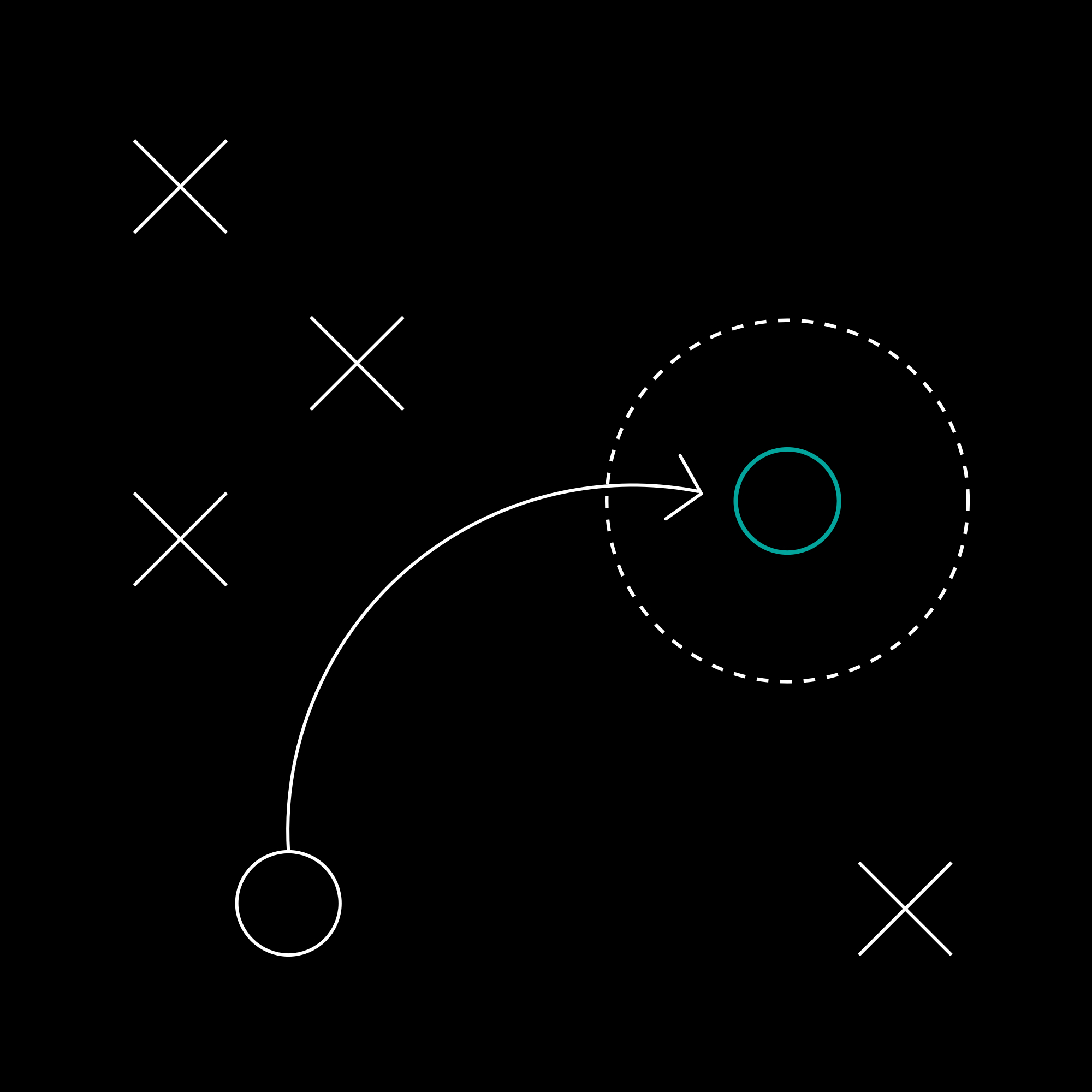FAQs
How is life cycle assessment implemented?
EXPLORE MORE FAQsLearn the key steps for implementing LCA in business operations. Discover how LCA improves sustainability and decision-making.
Ready to change sustainably?
What does implementing LCA involve?
Implementing LCA is a structured process that helps businesses measure the environmental impact of products, services, or processes. It involves:
- Defining the goal and scope.
- Collecting data through a Life Cycle Inventory (LCI).
- Conducting a Life Cycle Impact Assessment (LCIA).
- Interpreting results to guide sustainability strategies.
What are the first steps in implementing LCA?
Businesses must first set clear objectives, such as:
- Reducing carbon footprint.
- Improving resource efficiency.
- Supporting regulatory compliance.
- Next, they define system boundaries (e.g., cradle-to-gate or cradle-to-grave) and choose impact categories to assess.
How do companies collect data for LCA?
The LCI phase involves gathering detailed information on:
- Raw material extraction.
- Energy consumption and emissions.
- Waste generation and disposal.
- Reliable data ensures accuracy in impact assessment and sustainability reporting.
What happens during the impact assessment phase?
LCIA translates collected data into meaningful environmental indicators. Businesses use LCA tools to:
- Identify carbon hotspots.
- Evaluate resource depletion.
- Measure air and water pollution impacts.
How are LCA results interpreted and applied?
- Interpreting LCA findings helps organisations:
- Pinpoint sustainability improvements.
- Compare different production methods.
- Communicate results in Environmental Product Declarations (EPDs).
What challenges exist when implementing LCA?
Common challenges include:
- Data availability and quality.
- Complexity in modelling supply chains.
- Selecting the right impact categories.
- Working with LCA consultants or using industry databases can help overcome these barriers.
How does implementing LCA benefit businesses?
Implementing LCA supports:
- Cost savings through resource efficiency.
- Stronger sustainability credentials.
- Improved decision-making in product development.
How can LCA be integrated into corporate sustainability strategies?
LCA findings guide:
- Eco-friendly product design.
- Supply chain sustainability efforts.
- Carbon footprint reduction initiatives.
How do companies get started with LCA?
Businesses can begin by:
- Defining objectives and boundaries.
- Selecting an LCA tool.
- Gathering high-quality data.
- Working with sustainability experts to ensure accurate analysis.
For expert guidance on life cycle assessment implementation, contact us.
Explore more FAQs on life cycle assessment
Ready to change sustainably?
Book a half-hour discovery session now to find out how we can help your business thrive in a net zero world.
Get Started
